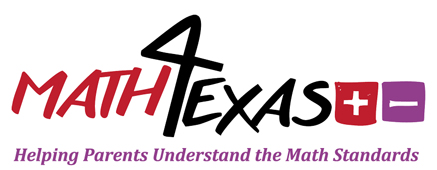T.i.P.S.
-
 Students will use lists, tree diagrams, and tables to represent simple and compound events. Simple events are events where one experiment happens at a time and it will have a single outcome such as tossing a coin. Compound events are events where there is more than one possible outcome such as roll a five using a 6-sided die.
Students will use lists, tree diagrams, and tables to represent simple and compound events. Simple events are events where one experiment happens at a time and it will have a single outcome such as tossing a coin. Compound events are events where there is more than one possible outcome such as roll a five using a 6-sided die.
Example
-
For his lunch, David is making a sandwich that must consist of bread, cheese, and meat. David can choose from white, French or rye bread, either American or Swiss cheese, and the choice of turkey, ham or pastrami as a meat. Using a list or tree diagram, represent the combinations of bread, cheese, and meat David could make for his sandwich.
Hint
Possible Solutions
Digital Tools
-
Click on the following links for interactive games.
TEKS
-
7.6 Proportionality. The student applies mathematical process standards to use probability and statistics to describe or solve problems involving proportional relationships. The student is expected to:
(A) represent sample spaces for simple and compound events using lists and tree diagrams





 Click
Click 

